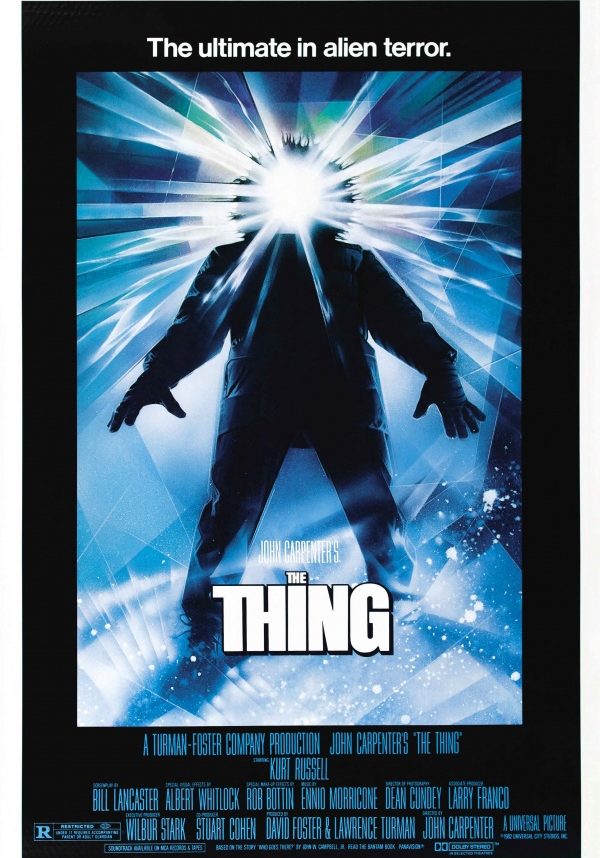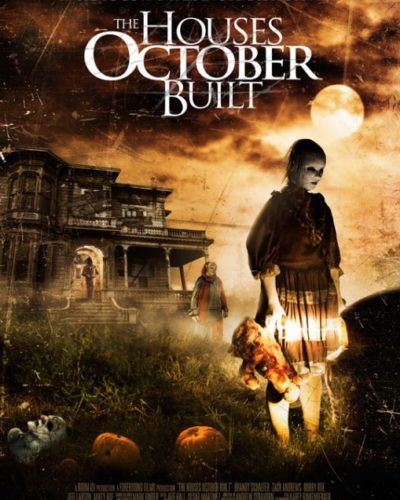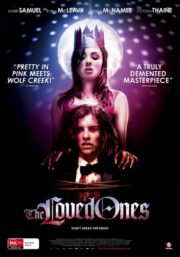Chilling to the Core: Unearthing “The Thing”
“You gotta be f****ing kidding.” Perhaps no other line from John Carpenter’s “The Thing,” released in 1982, encapsulates the viewer’s reaction to the creeping terror that unfolds within the isolated Antarctic research station where the film is set. Based on John W. Campbell Jr.’s novella “Who Goes There?”, Carpenter’s masterpiece delves into the paranoia and distrust that burgeoned during the Cold War era, giving it a monstrous, shape-shifting form that is as unpredictable as it is horrifying.
Enshrouded in Dread: The Art of Atmosphere in “The Thing”
The ability of “The Thing” to immerse its audience in a tangible shroud of horror stems not from cheap jump scares, but the pervasive, chilling atmosphere that clings like frost to every frame. The film’s setting, a frigid, desolate landscape, acts as a blank canvas where any hope for aid or escape is blotted out by endless snow. This sense of isolation serves as fertile ground for fear to fester, breeding an oppressive air of claustrophobia and tension that tightens with the plot’s progression.
Carpenter’s direction is masterful in its orchestration of suspense and dread. The anticipation of horror often proves more unnerving than its actualization, with the director adeptly manipulating the unknown to stir the imagination into a frenzy. As the enigmatic creature assumes its myriad grotesque forms, it is the fear of infiltration and imitation that haunts the crew and the audience alike.
Through the Lens: Crafting Terror on Camera
The Thing’s cinematography expertly intertwines with its grim palette and brooding tone to craft a visually arresting nightmare. Carpenter, alongside director of photography Dean Cundey, employs a cinematic language that accentuates the omnipresent threat lurking within the stark whiteness of the Antarctic. Their use of shadow and light creates a claustrophobic framework that further amplifies the encroaching sense of doom.
Moreover, the groundbreaking practical effects, helmed by Rob Bottin, add a visceral layer to the horror. The creature’s transformations are both repugnant and fascinating, with body horror that rivets the eyes even as it turns the stomach. The organic texture and shocking physicality of these effects remain singed in the viewer’s mind long after the screen fades to black.
The film’s soundscape further augments its looming terror. From the eerie synthesizer-based score by Ennio Morricone that whispers of unseen menace to the guttural and otherworldly sounds emitted by the creature, auditory cues play a pivotal role. Moments of silence are wielded with precision, creating a vacuum where fear breathes loud.
The Human Element: Actors and Their Monsters
In “The Thing,” the ensemble cast delivers performances steeped in authenticity that underscore the film’s psychological torment. Kurt Russell’s portrayal of R.J. MacReady expertly balances rugged determination with creeping vulnerability, embodying the quintessential Carpenter hero. The interactions among the men toil with real and paranoid inflections, enhancing the overarching terror of treachery and deception.
While the alien entity propels the plot’s macabre spectacles, it’s the actors’ portrayal of unraveling sanity and eroding camaraderie that truly anchors the film’s horror. Their palpable distrust and desperation resonate, acting as a chilling reflection of society’s darkest inclinations.
A Lasting Nightmare: The Legacy of “The Thing”
The sheer terror evoked by “The Thing” is far from being merely skin-deep. It delves into the psyche, merging body horror with psychological disintegration. The film is adept at unsettling not just with blood and grotesquery, but with the pervasive notion of losing one’s identity to an imperceptible foe — a concept both timeless and fearfully relevant.
As an embodiment of horror, “The Thing” stands as a paradigm of how genre films can transcend visceral frights to ponder more profound anxieties rooted in human nature. Through its bleak narrative and technical prowess, Carpenter’s film has become a staple for horror connoisseurs and a harrowing introduction for newcomers to the genre.
Those with an appetite for tension, outstanding practical effects, and an atmosphere thick with suspense will find “The Thing” an essential watch. Still, it warrants caution for those sensitive to graphic imagery or who prefer their horror on the tamer side.
In the vast landscape of horror cinema, “The Thing” retains its rank as a monument of genre filmmaking. It stands shoulder-to-shoulder with the luminaries of the category and continues to inspire creators with its innovative approach to dread. This film will chill and challenge viewers, either as a first-time experience or upon revisiting, unveiling new layers of terror with each encounter.
For those seeking not merely a movie but an encounter with the primal forces of fright, “The Thing” is a journey to the heart of horror itself. Consider this my unflinching recommendation—but be warned, for once you’ve witnessed “The Thing,” it’s eternally bound to you, as you are to it.




